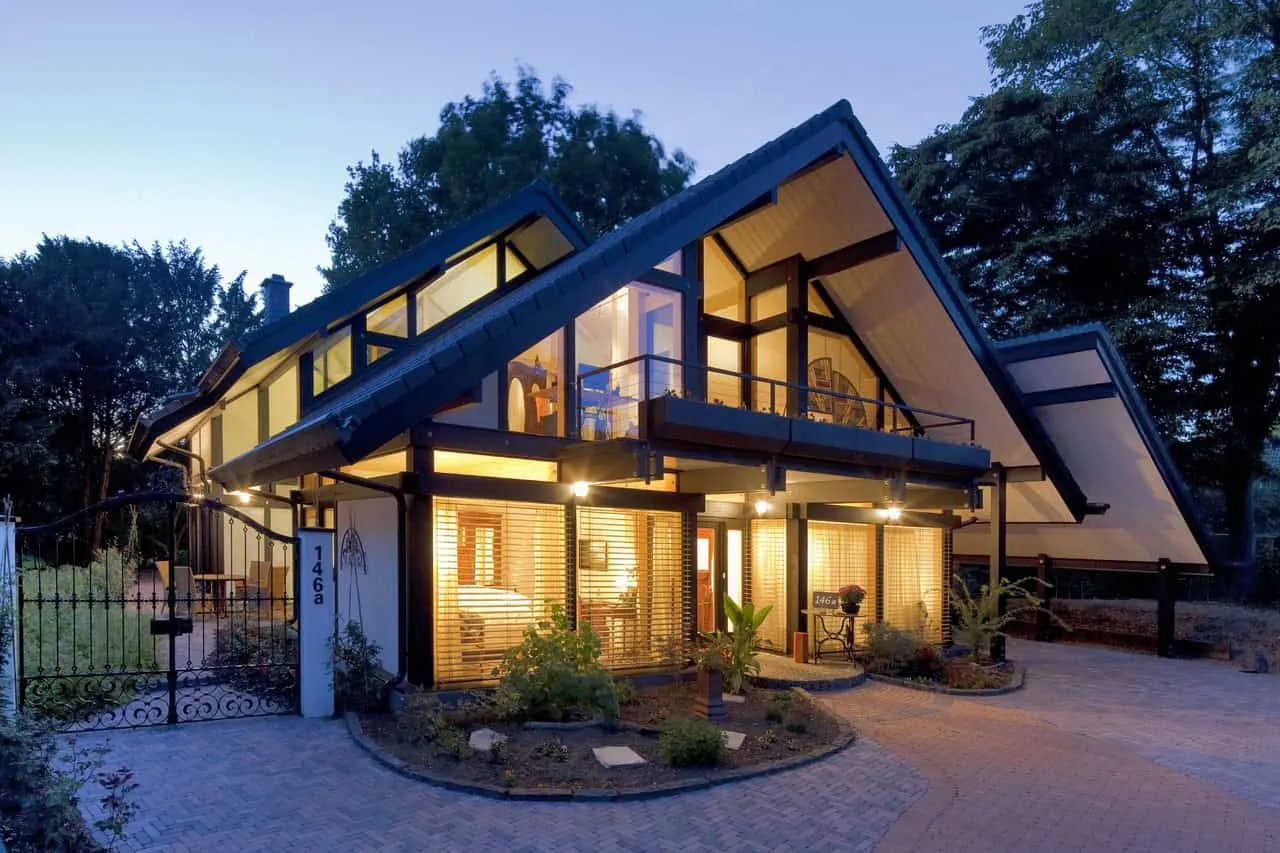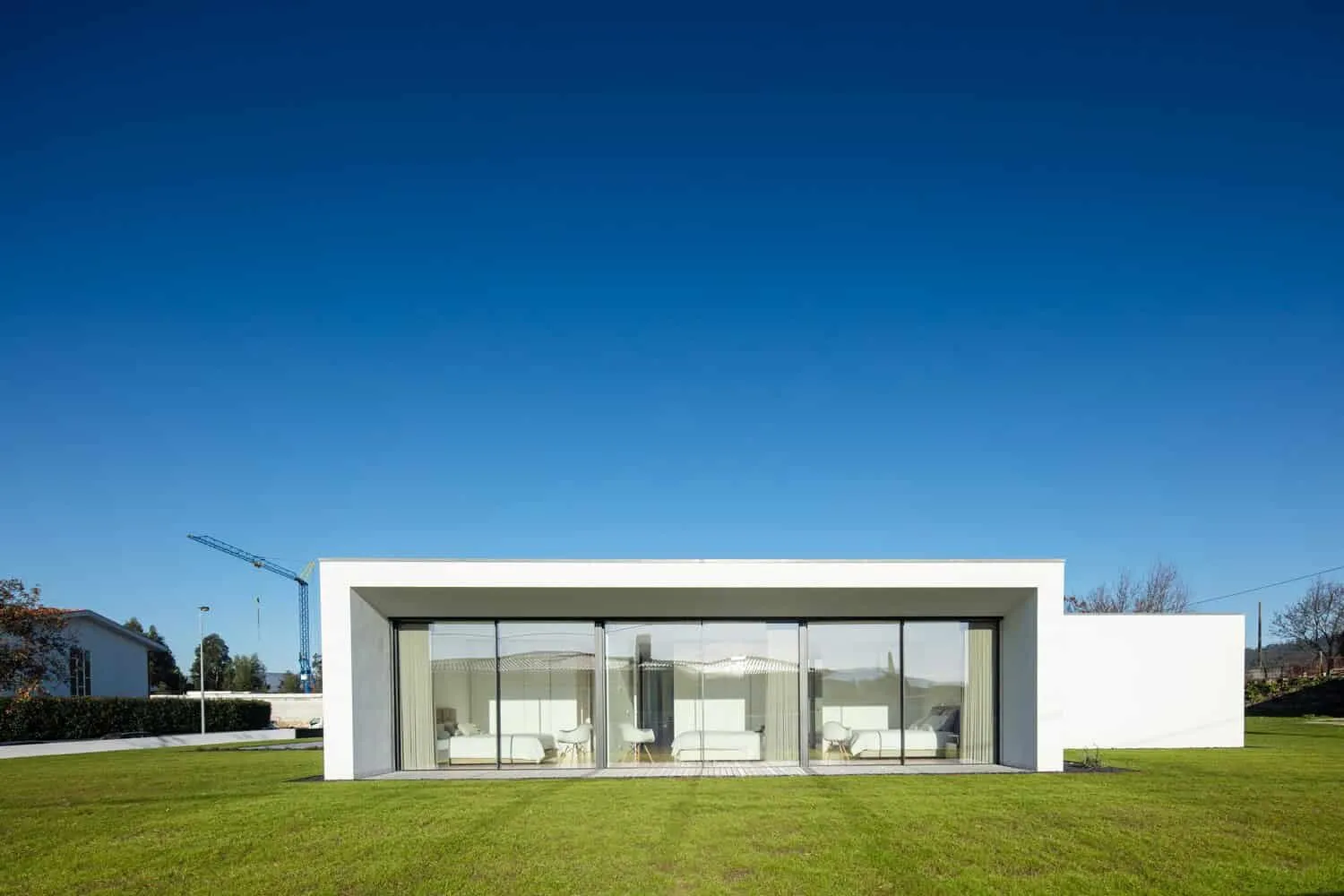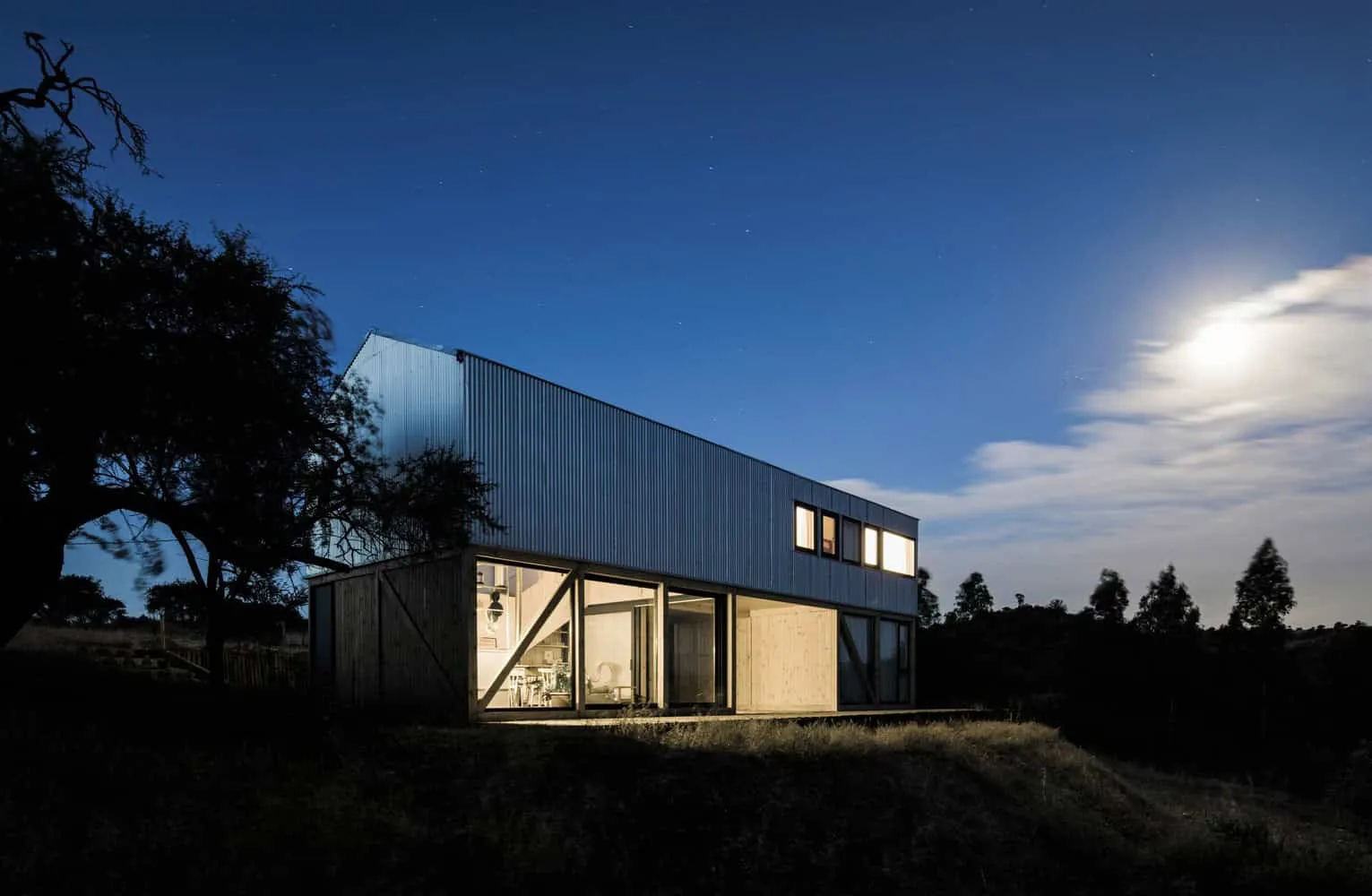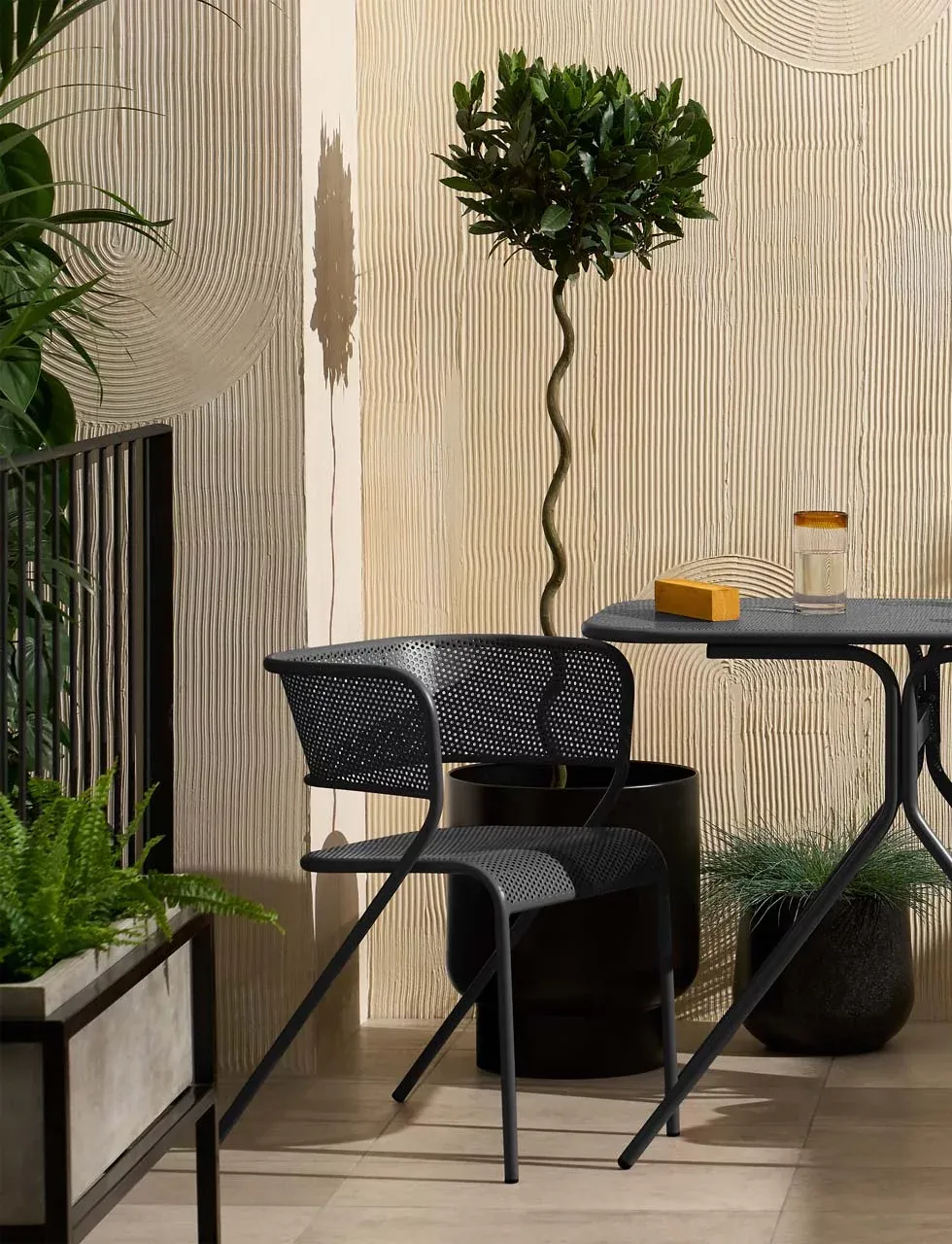There can be your advertisement
300x150
More Eco-Friendly Ways to Build Houses in 2023
The word "house" evokes strong emotions, including feelings of warmth, comfort, and security. Architects bear a huge responsibility for designing these spaces that become the center of family life, and their work is valued by millions of people every day. However, there's another responsibility — for our planet.
Approximately 20% of all emissions in the U.S. come from households. These can occur during the production of houses and furniture or through energy consumption. People should do everything possible to reduce these figures and be as eco-friendly as possible.

To help the Earth and its inhabitants, consider these ways to make your next project more sustainable. Small efforts will bring significant benefits to the planet, homeowners, and your company.
Small Is Sustainable
Growing families may think that bigger is better, but this isn't always true for our planet. Homes today are 41% larger than in the 1970s, and this trend isn't decreasing. Larger, spacious homes are less efficient at retaining heat or cold air. They also use more materials to build, creating a significant carbon footprint.
It's clear why tiny homes have become so popular over the past decades. These living spaces are much smaller than regular houses and save energy, materials, and money during construction.
Their design encourages creativity. You'll find rotating doors that reveal hidden tables, storage under the floor, or uniquely fitted furniture that hugs smaller walls. Creating smaller homes is beneficial for the planet and presents a unique challenge in creativity for any architect.
Even if you transition to small homes — it's a big leap — any reduction in size helps conserve materials and energy.
Looking for Eco-Friendly Furniture
Filling your projects with eco-friendly furniture is also important. Construction materials contribute to deforestation, and it's essential to consider how bed frames, tables, or sofas are related to this.
Furniture can be harmful when made from wooden frames, fabrics, fillers, and toxic lacquers. Without considering the origin of materials, your choice of wood might come from a thriving forest instead of recycled material ready for use.
Eco-friendly furniture can be included in your next project — recycled materials may include anything from wood to steel or reused plastics. Many companies also invest in biodegradable options in search of a zero-waste future.
Additionally, the lifespan and durability of these items are crucial. If they last long, homeowners won’t need replacements and create more waste.
Designing for Energy Efficiency
Some projects are optimized for natural heating and cooling, which can reduce energy consumption. Some energy-efficient frames use square or higher forms.
Window placement is also important to consider. Where your building is located in the world can determine where light enters, for example, southern windows that absorb heat on the north side. Using solar movement can reduce energy needed to regulate your home.
Insulation is meant to keep heat in during winter and cool interiors in summer, but some materials are more sustainable. Straw is an excellent insulator and can be easily grown for a steady, eco-friendly supply.
Questions for Your Project
Researching ethical and eco-friendly materials can depend on thorough investigation. Greenwashing is a phenomenon where companies falsely market their products as eco-friendly using buzzwords and attractive design.
Take time to research the origin of your materials and check whether they collaborate with organizations to obtain eco-certification. That way, you can be sure that they're truly green and good for use.
The location of your next project may already be contracted, but if you have a choice of geographic point, think about how residents will find transportation around their city or area.
For many people, cars are the only way to travel, creating emissions and harming both the planet and human health. However, you can consider building near bike lanes or bus and train routes. The key is encouraging public transport where possible.
Some urban planners and developers in your region may also be interested in collaborating on a project to expand green transport efforts near your new residential complex. Would a bike lane fit within the budget? Can officials organize a city initiative for car-sharing? While this isn’t necessarily a direct design element for architects, cooperation in this area can create an eco-friendly environment for future residents and communities.
Striving for a Green Environment in 2023
Sustainability in residential spaces is essential for modern home design. Eco-friendly options are becoming increasingly known, especially on the furniture and framing materials market.
Consider these steps in your projects next year to bring real benefit to the fight against climate change and create a loving home for many years.
More articles:
 The Future of Construction: 5 Essential Tips for Designing Your Home
The Future of Construction: 5 Essential Tips for Designing Your Home GAGGENAU and NEXT125 Store Experience in Chengdu, China
GAGGENAU and NEXT125 Store Experience in Chengdu, China Gairola House by Anagram Architects in Gurgaon, India
Gairola House by Anagram Architects in Gurgaon, India House Galgos by Raullino Silva in Portugal
House Galgos by Raullino Silva in Portugal Gallery House by Giovanni Moreno Arquitectos in Pereira, Colombia
Gallery House by Giovanni Moreno Arquitectos in Pereira, Colombia Galpon-House by 2172 / asociados in Chile
Galpon-House by 2172 / asociados in Chile Garage Canopy: Tips and Project Ideas
Garage Canopy: Tips and Project Ideas Garden Furniture for Small Cozy Spaces
Garden Furniture for Small Cozy Spaces